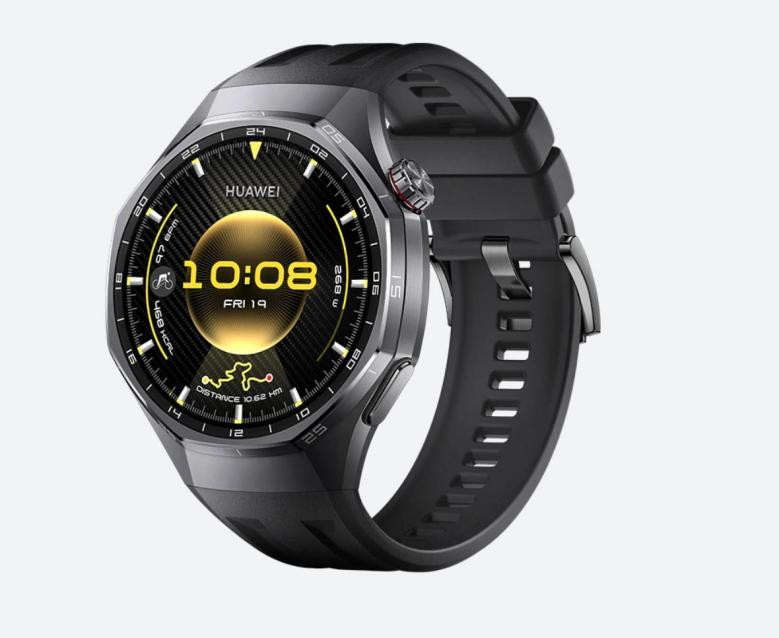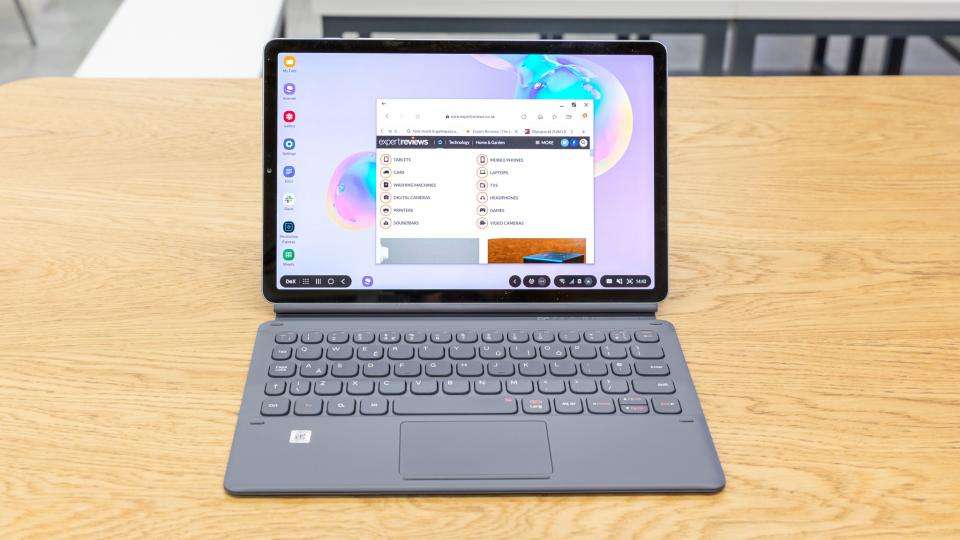Running efficiency depends on how effectively your body converts movement into forward momentum. Cadence—your steps per minute—plays a major role in this process because it influences posture, stride length, ground contact time, and even overall fatigue. Runners who understand cadence often unlock smoother, lighter movement that feels more sustainable across different speeds. Many people first learn about cadence when they explore what is cadence running, but the concept becomes far more powerful once you discover how it shapes rhythm and technique. This article explores why cadence matters, how to apply it to daily training, and how modern wearables like the HUAWEI WATCH GT 6 Pro help you monitor rhythm naturally without interrupting your flow.

The Mechanics Behind Cadence and Why It Shapes Running Efficiency
How Cadence Influences Stride Length and Body Alignment
Cadence changes the way you take each step. When you increase your steps per minute slightly, your stride naturally shortens. A shorter stride reduces the tendency to overreach with your foot landing too far ahead of your center of mass. When you avoid that overstriding position, you stay more upright and balanced, which improves the way your body absorbs impact. You move forward with less braking force at every footfall. The result is smoother momentum, reduced vertical bouncing, and more controlled body positioning. You spend less effort correcting posture, which leads to better energy use across any distance.
Why Ground Contact Time Matters for Efficiency
A higher cadence often reduces how long your feet stay on the ground. When your foot pushes off more quickly, your body responds with a more elastic stride. You store and release energy more effectively through tendons and muscles. This rhythm improves efficiency because you rely less on muscular force and more on natural rebound. Runners feel lighter and quicker without actually sprinting. Ground contact time also influences fatigue. Shorter contact helps you limit the heavy, sinking feeling that appears late in long runs. With each quicker step, you maintain rhythm even when tired, which makes pacing more stable over time.
The Role of Rhythm in Reducing Unwanted Motion
Your cadence sets the rhythm that coordinates your arms, core, and legs. When rhythm is inconsistent, your upper body works harder to stabilize movement. Extra motion in the shoulders and hips increases energy waste. Cadence builds a predictable pattern that the whole body follows, and this pattern improves efficiency through reduced side-to-side or up-and-down movement. Training at a consistent cadence also improves breathing because your inhale and exhale naturally align with steps. Many runners report that once they maintain a steady rhythm, their perceived effort drops even when their speed stays the same. Rhythm supports relaxation, which is essential for efficiency.
How to Improve Cadence in Daily Training Without Forcing It?
Start With Small, Sustainable Adjustments
Runners should avoid large cadence jumps because they create tension and disrupt natural movement. The goal is to increase cadence gradually—often by 3–5 steps per minute at a time. You can practice this by listening to your footfalls and adjusting your stride slightly until movement feels smoother, not rushed. Short incremental changes help your muscles and tendons adapt without strain. Tracking cadence is easier when you use a wearable that presents rhythm clearly during a run. The HUAWEI WATCH GT 6 Pro displays running data in a readable way on its bright AMOLED screen, helping you make adjustments while staying relaxed and focused on form.
Use Real-Time Metrics to Guide Progress
Real-time metrics help you understand how cadence interacts with other running factors like speed, heart rate, and terrain. If your cadence drops on hills, you may be overstriding or relying too heavily on large steps. If cadence rises too quickly on flat roads, you may be compensating for fatigue. Wearables make this learning more intuitive. The HUAWEI WATCH GT 6 Pro tracks running data such as speed, heart rate, and elevation changes, allowing you to see how rhythm shifts throughout your route. With this data on your wrist, you train smarter because you can adjust technique based on what your body shows, not guesswork.

Build Rhythm Through Drills and Consistency
You improve cadence through practice, not force. Stride drills, relaxed tempo runs, and short sections of focused rhythm training help your body learn new patterns. You can begin by adding one or two minutes of cadence-focused running into your daily session. As your comfort grows, you extend these segments until they blend naturally into your pace. Rhythm stabilizes over time when you stay consistent. This is where the long battery life of devices like the HUAWEI WATCH GT 6 Pro becomes practical. Its endurance allows you to track runs frequently without charging interruptions, so you follow your progress across many sessions and build habits that stick.
Conclusion
Cadence improves running efficiency because it influences posture, stride length, rhythm, and energy use. When you train with awareness, you reduce wasted movement and create a smoother, more economical running style. Small adjustments in your steps per minute can lead to noticeable changes in how your body feels during short runs, long runs, or mixed terrain sessions. Tools like the HUAWEI WATCH GT 6 Pro support this process naturally by helping you view your running data clearly and make informed adjustments without breaking your flow. By paying attention to cadence and adopting a gradual, mindful approach, you unlock a form of running that feels steadier, more controlled, and more efficient.











